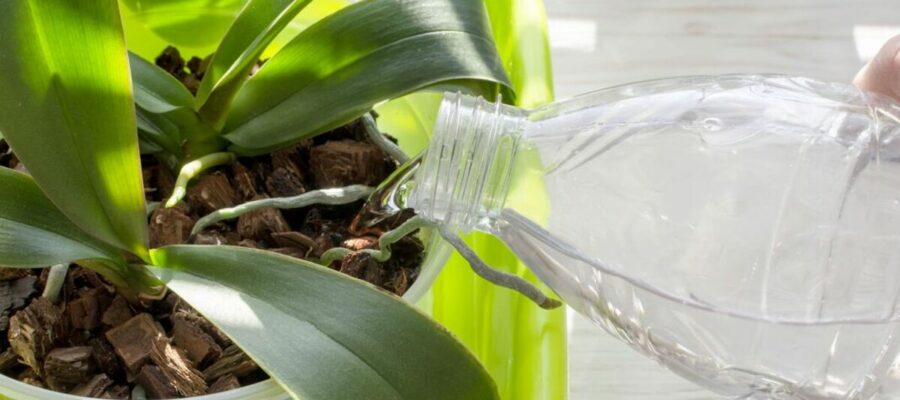The popular plants can often be found in supermarkets and garden centres and are known for their pretty flowers.
The most popular orchid species is the moth orchid, also known as the phalaenopsis orchid.
Moth orchids are elegant and can create beautiful displays of blooms for several months at a time.
One aspect of orchid care that most people get wrong is how often to water them.
Overwatering orchids can lead to root rot, mushy, black or brown roots, droopy leaves and buds dropping off.
READ MORE: Get a free National Trust family pass worth up to £50
Orchid: Express shares tips for watering plant
In the autumn and winter months, houseplant owners will need to water their orchids less frequently.
Patty Willems, PR manager of sustainable plant pot company, elho has shared exclusively with Express.co.uk how to water orchids in the autumn and winter months.
Patty said orchids need to be watered “sparingly” during the autumn and winter.
Don’t miss…
‘Genius’ common spray that’ll ‘save your plants’ from a ‘slug attack’[INSIGHT]
Four plants to grow in October for colourful blooms this winter[UPDATE]
Four garden plants to prune this weekend or risk diseases and slow growth[LATEST]
“She said: “Aim to check your plant every 10 days and if the bark or soil feels dry, give it a small drink with tepid, not cold, water.
“Some believe that using ice cubes is an effective way to keep orchids hydrated without overwatering, however using ice or water that is too cold could shock the roots, so always allow tap water to reach room temperature first.
“It’s best to give your orchid a drink first thing in the morning, so any stray splashes on the leaves have time to dry during the warmer temperatures throughout the day.”
- Advert-free experience without interruptions.
- Rocket-fast speedy loading pages.
- Exclusive & Unlimited access to all our content.
If you have overwatered your orchids and it has developed root rot then you will need to allow the plant to dry out.
For orchids in bloom, the owner will have to wait until it’s finished blooming to treat the problem.
Remove the parts of the problem roots using a sterile knife and then repot the plant with fresh potting mix.
Source: Read Full Article


